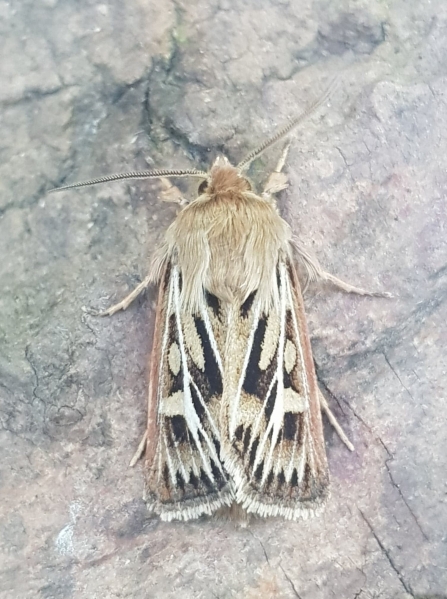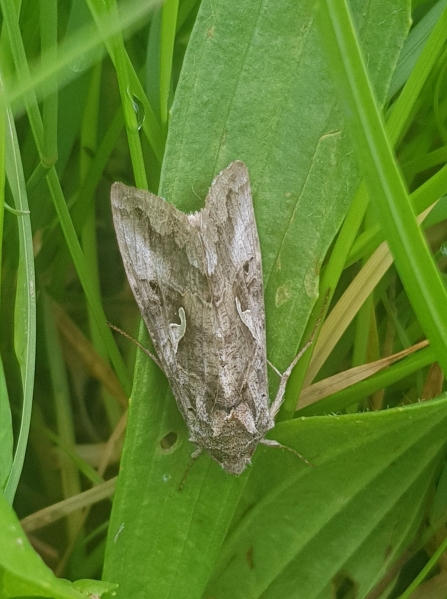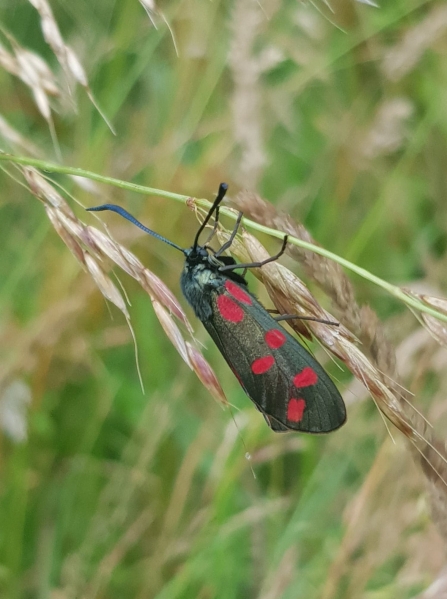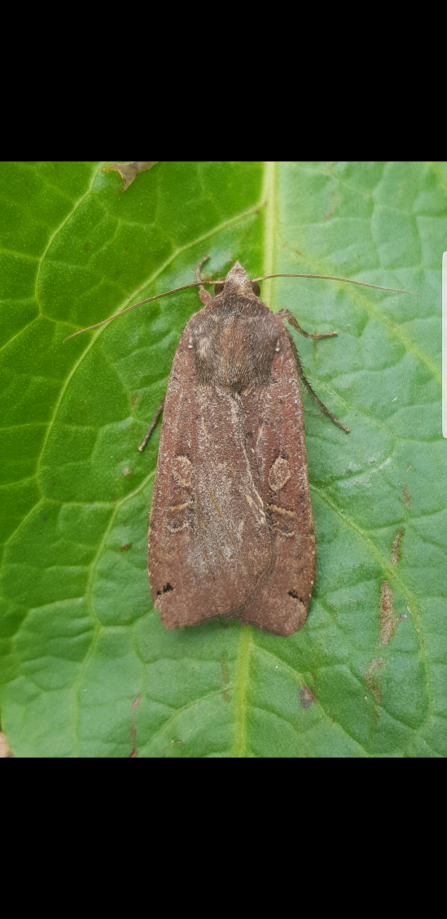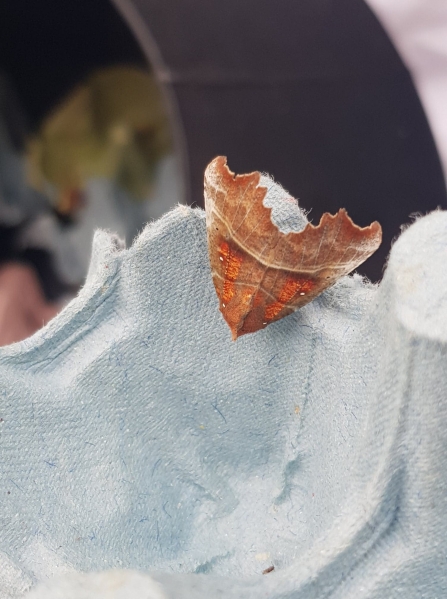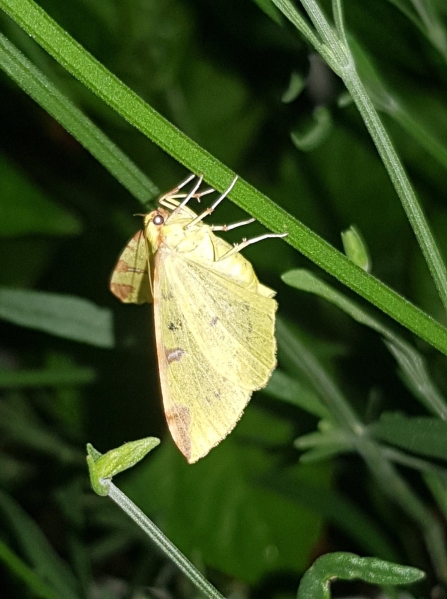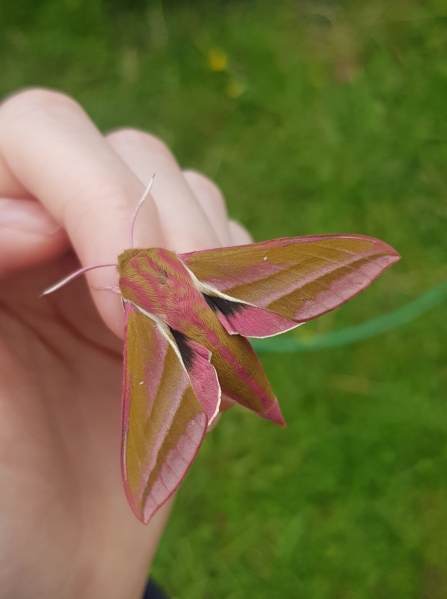This July hasn’t been the best weather for moths with many cool, windy, drizzly nights which moths aren’t a fan of, and neither am I! Luckily, last year in Gloucestershire the weather was much better, and I was able to catch and identify many more moths. In fact, just to give you an idea of the numbers of moths that can be caught one night in July in Gloucestershire – on the 17th July 2019 I caught 300 moths of 44 different species and yes it took me a few hours to identify and release them all! The photos included in this blog are all my own and are taken either this July (2020) in Yorkshire or last July (2019) in Gloucestershire.
Whilst most moths fly at night, in the UK there are actually more moth species that fly during the day than the number of UK butterfly species! Some moths can also be seen in both night and day, while others only fly at night. Moths really like to mix things up!


